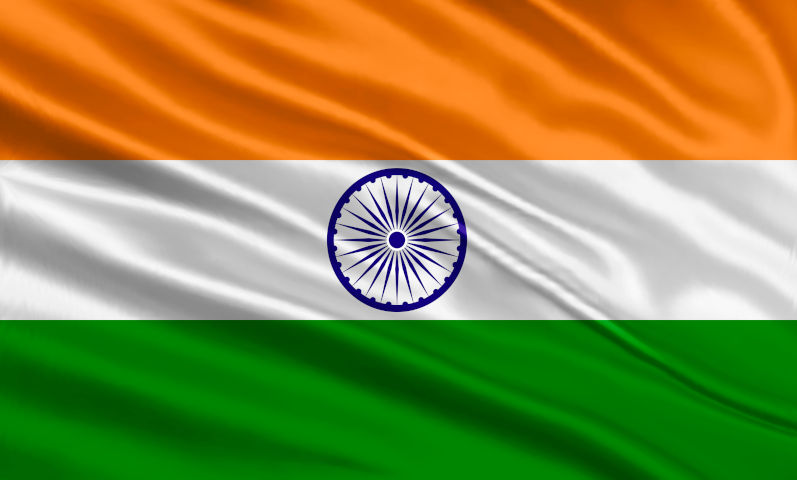Worlds biggest democracy?
May 5, 2023
What would Australians, and much of the world, say if the Albanese Government arrested Peter Dutton and locked him up?
Well, thats exactly the sort of political event which has just happened in what is supposedly one of our closest allies and the country called the worlds biggest democracy India.
Last month Rahul Gandhi, Indias main opposition leader was convicted of defamation for having likened the Indian Prime Minister, Narendra Modi, to a thief. He was disqualified from serving in Parliament and a court in Modis home state sentenced him to two years in jail a sentence he is appealing.
Australia regards India as an important ally, part of the Quad alliance, an Indo-Pacific forum established to combat China among other things.
India itself is progressing rapidly and this year its population will, according to the UNs annual population report, overtake China making it the worlds most populous nation.
It is also undergoing an infrastructure boom similar to that experienced by China. According to The Economist (18/3/23) Indias electricity generation and distribution capacity has grown by 22% and renewable energy capacity doubled in the five years up to 2022. New roads and railways are being built including a 130kph express from Varanasi (a key Hindu religious centre) to Delhi to be followed by 500 more similar lines. Broadband reach is increasing and new power grids are being built.
It should be said that many of these projects were started under previous governments although the pace has accelerated significantly under Modi although Modi party cronies and donors are doing well as a result.
Amidst all this Morning Consults world leaders global approval rating tracker ranks Modi highest of any world leader with a 76% approval.
and yet?
In answering that question a good place to start is Shashi Tharoors The Struggle for Indias Soul. He is an Opposition MP and a former UN official but makes a compelling case that India is being divided by Modi. The worry for many Indian liberals is the long-cherished idea of our country as a benign, inclusive state is collapsing. In its place is emerging an India that is less pluralistic, less accepting of difference, less inclusive and less tolerant than the one we have long celebrated. National ideas have been redesigned and re-purposed; unity has given way to uniformity; patriotism has been reborn as chauvinism; independent institutions are yielding to a dominant government; democracy is being re-shaped into one-man rule.
The fundamental problem is the old one, as Indian novelist Perumal Murugam says In Indian society, freedom is hostile to the caste system. India is also still captive to not only the Muslim- Muslim divide but also the massive discrimination against the Dalits and other minorities.
Christophe Jaffrelot, a Kings College London professor of Indian studies, told The New Yorker (31 March) that India is now an ethnic democracy in the sense that the minorities the non-Hindus, the Muslims, but also Christians are second-class citizens subject to attacks by vigilante groups.
Muslims have been attacked because they were accused of taking cows to slaughterhouses. You had many, many cases of lynching. Muslims were also prevented from talking to Hindu girls. The vigilante rogues called that love jihad, he said.
The judiciary has been attacked, critical journalists are either attacked or their compliant proprietors sack them.
History is also being re-written and this year a whole new set of history and text books are being provided to students. The books depict India as a purely Hindu country; the magnificent Mughal empires role in Indian history is slashed or omitted; Gandhi is being downplayed particularly on his attitude to tolerance; and, the fact that the RSS, the Hindu fascist paramilitary wing, was once banned has disappeared.
In an indication of how Modi muzzles independent scrutiny of policy Nature (6 April) reports that the Indian think tank the Center for Policy Research (CPR) has had its licence to receive overseas funds suspended until further notice. Nature said: The CPR conducts research into public policy in India, including climate change, social and economic policy, governance and infrastructure. Last year it received about three -quarters of its funding from organisations such as the Gates Foundation and the World Bank.
How far Modis policies go is that Usman Khawaja, a Pakistani born Muslim, was initially denied a visa to visit India for the recent Test matches the fourth of which was watched by both our PM, Anthony Albanese and Modi, and included a ceremonial journey around the ground.
Sectarianism has always been part of Indian history exacerbated by the British when they ruled the country. But the turning point in the development of Indias Hindutva recent sectarian journey was the controversy over the mosque in Ayodhya which was destroyed in 1992 by a Hindu mob. In 2020 the Indian Supreme Court gave permission to build a Hindu temple there.
But we ought not imagine this was the start of it all merely another turning point. Romila Thapar, an Emeritus Professor in History at Nehru University, wrote a book about a Muslim raid on the Hindu Temple at Somanatha in Gujarat (Modis home state) in 1026.
For centuries it was major event in Hindu historical memory. Thapar deconstructs and undermines the popular versions which have survived and contests the Hindu religious nationalisms and how they were used in the Somantha case - just as they are now with Ayodhya.

